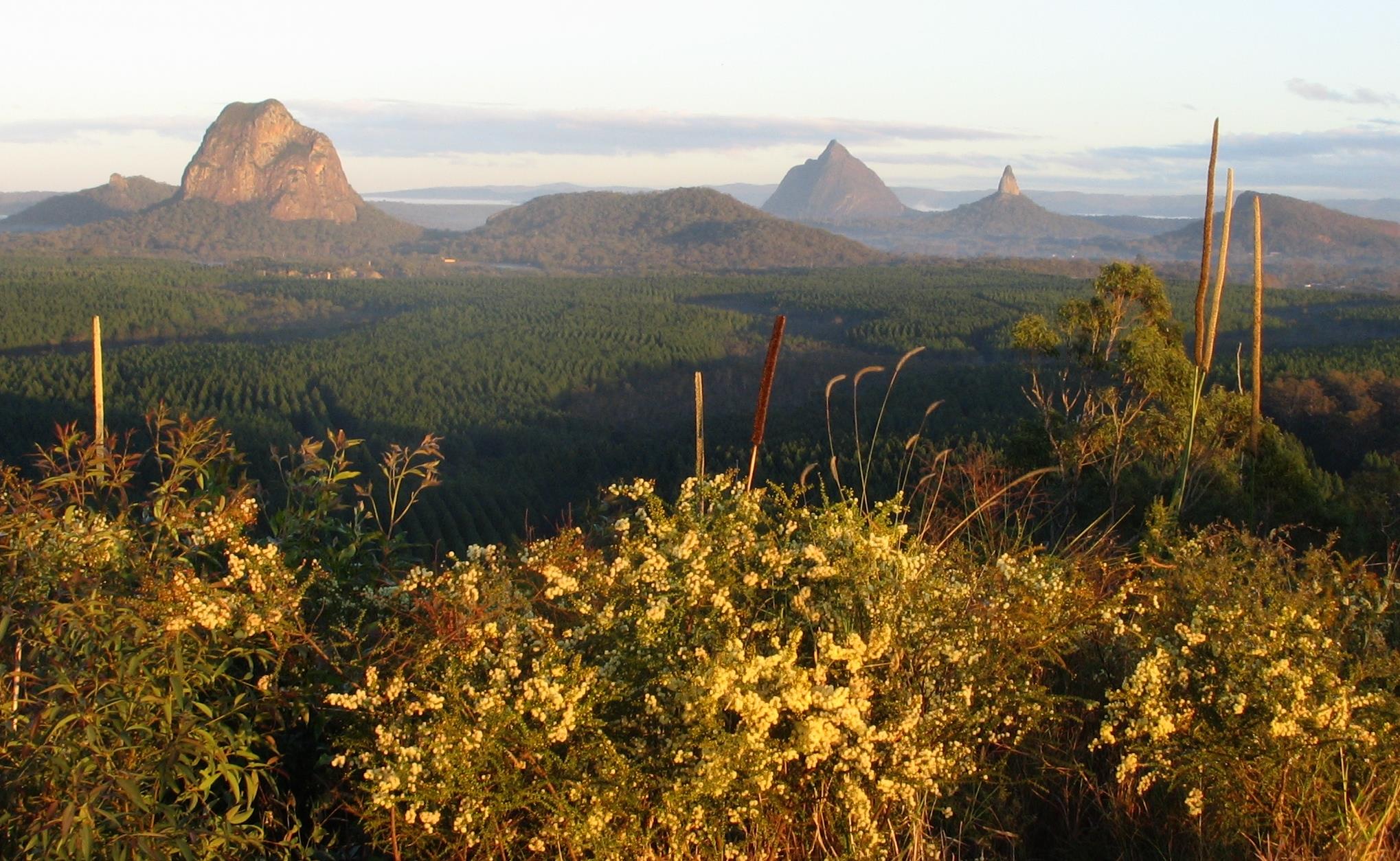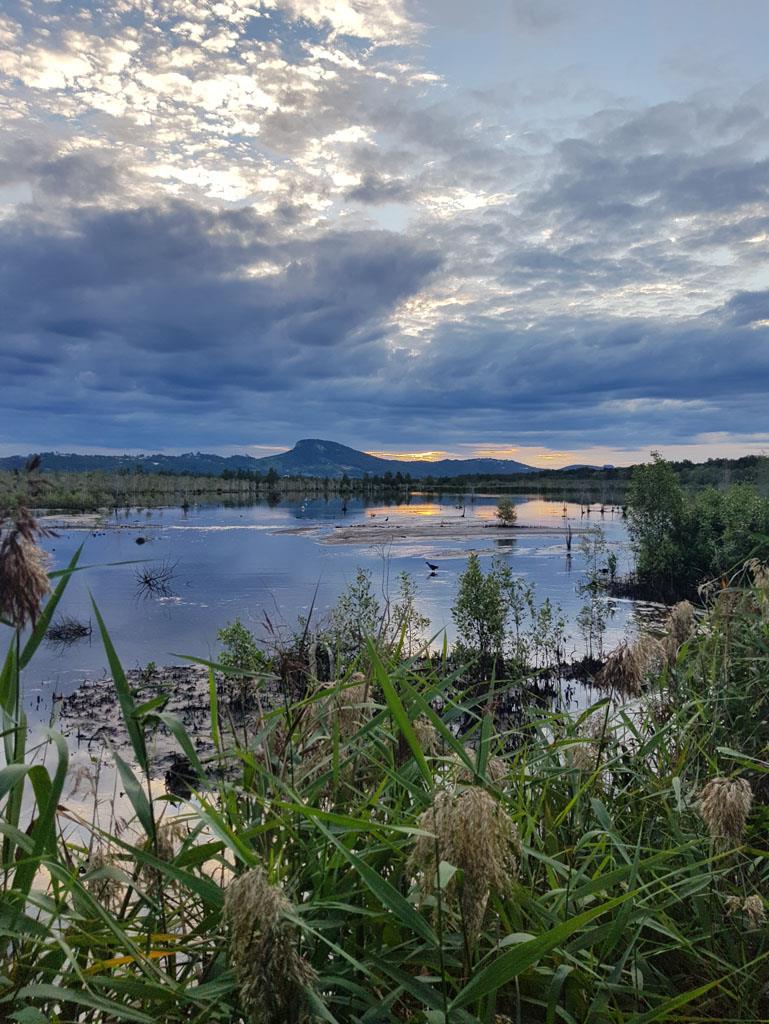Protecting the Floodplains to Forests
The Maroochy River floodplain plays a vital role in mitigating the impacts of climate change through flood storage and carbon sequestration, and provides valuable habitat for a range of threatened species. However, the floodplain is currently at risk of being significantly impacted by a 510 ha mixed-use urban development and associated infrastructure by Consolidated Properties Group that is against all planning frameworks. Throughout the past two decades there has been a continual threat to the floodplain from proposed developments which SCEC has consistently fought. Now is the time to ensure long term protection of this significant floodplain and connecting habitats through statutory planning policies and frameworks that are currently under review.
The Protecting the Floodplains to Forests campaign will develop a groundswell of community leaders that take action to protect and conserve the floodplains and forests from increased urbanisation and associated threats and leverage strategic opportunities and actions to ensure ecosystems and the region's unique biodiversity are protected long-term.
What Do We Want to Achieve?
To ensure the long-term protection of a regionally significant floodplain and broader ecosystems in the Sunshine Coast, Queensland.
- The Maroochy River Floodplain provides critical flood storage and carbon sequestration opportunities. As the impacts of climate change continue to increase, the next ten years are crucial in ensuring that appropriate measures are taken to drastically reduce emissions whilst implementing nature based solutions to sequester carbon.
To build a community of leaders who are protecting and restoring the Maroochy River floodplain and produce a report title Habitat 2022 - 2032 that details the value of the Sunshine Coast's diverse ecosystems, wildlife corridors which foster community stewardship initiatives.
- Capturing and communicating the status and conservation values of the region’s biodiversity, wildlife corridors and core and connecting habitat in a contemporary format 20 years on from the initial Habitat 2000 report, will support advocacy and community actions to secure these critical corridors and conservation areas from the coastal lowlands to the hinterlands.

Who is Impacted?
- The Sunshine Coast local government area has a population of 336,482 with approximately 12,000 residents living in the regions within the Maroochy River Floodplain. This population is directly affected by the management and characteristics of the floodplain and have the opportunity to benefit from carbon farming and nature based sustainable initatives.
- With the Sunshine Coast's projected population to reach over 500,00 by 2041, it's critical the natural assets that provide ecosystem services are protected, restored and maintained for climate resilience and to support the region's vision to be Australia's most sustainable region.

What is at Stake?
- The Sunshine Coast is a biodiversity hotspot, home to over 2,600 species, 6 broad vegetation communities and 75 regional ecosystems.
- The Maroochy River floodplain within the dynamic Maroochy River catchment contains the diverse ecosystems of the majestic Maroochy River, creeks, estuaries, wetlands and saltmarsh.
- This extremely flood-prone parcel is also in close proximity to the Yandina Creek Wetlands and the Coolum Creek Conservation Reserve and sits within the Blue Heart Sunshine Coast project.
- The floodplain is home to at least 167 threatened species including 7 amphibians, 32 birds, 11 mammals and 99 flora species.
- This ecologically significant coastal lowland contains significant vegetation communities which are Groundwater Dependent Ecosystems, including the largest stand of endangered Coastal Swamp Oak (Casuarina glauca) in Australia; critically endangered Subtropical and Temperate Coastal Saltmarsh; and a threatened population of endangered water mouse (Xeromys myoides).
- This floodplain area is already impacted by tidal inundation. Over time the area is expected to continue transitioning due to climate change and projected sea level rise.
- The continual risk of urbanisation and climate change have a detrimental effect on threatened species with the impacts of fragmented landscapes, infrastructure and roads already contributing to the decline of species populations in the region. Since 2016, there have been 13 species added to the threatened species list for the Sunshine Coast local government area (Sunshine Coast Biodiversity Report 2020).

